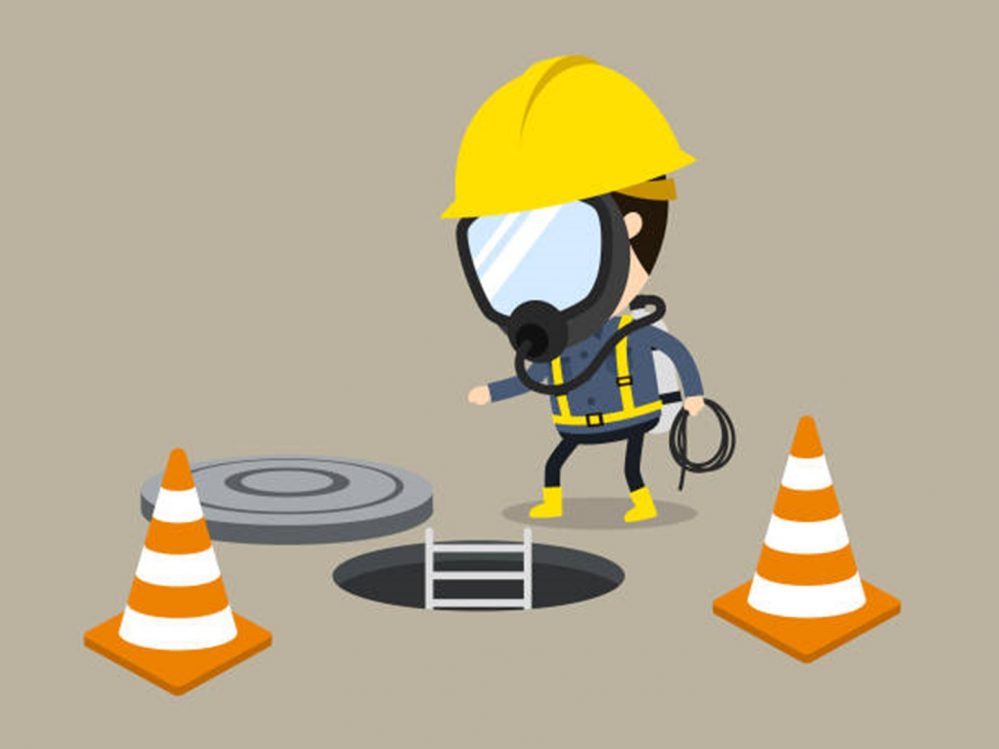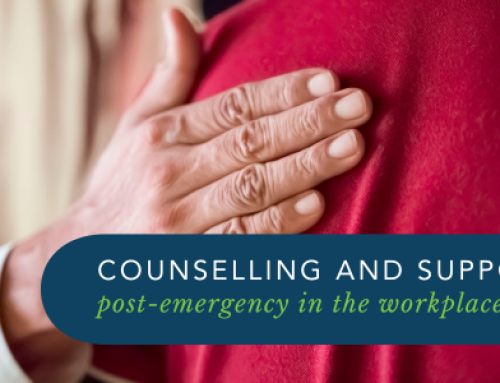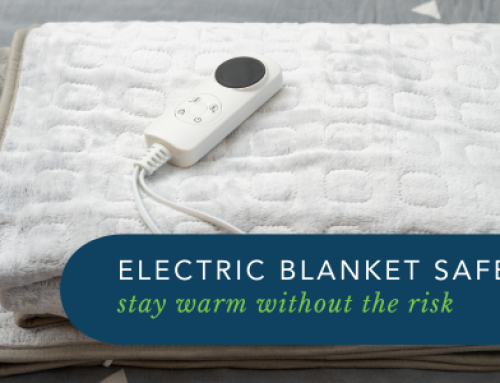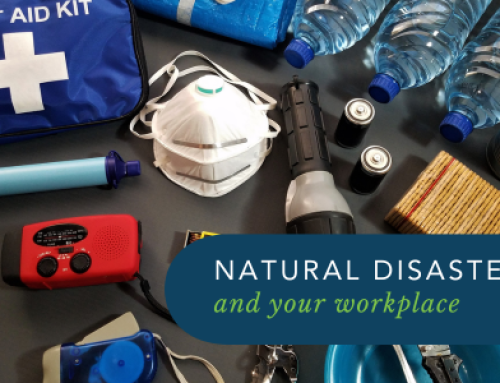An employer’s responsibility to safety does not only limit to spaces designed to be areas where staff works. A confined space presents a larger threat in terms of risks brought by the limits of said area. A confined space can also be determined by the hazards associated with the specific situation, not just because work is performed in a small space.
A space is considered confined when these factors are present:
- Limited entry and exit/egress points.
- Complexities in access, and rescue is necessary.
- Hazards include: Low oxygen level/flow, toxic elements and exposure to bacteria, flammable gasses, and liquids, as well as engulfment.
The most common spaces include but not limited to pits, pipes, sewers, storm water drains, shafts, and ducts or other similar enclosed or partially enclosed structures.
According to the WHS Act of 2011, the PCBU or an employer has the primary duty of care, management, and control of confined spaces within their facilities. CEO’s and Directors are responsible for making sure there is less or no need for any employee in the company to enter or work in a confined space.
Should a need arise, proper due diligence needs to be issued and carried out by way of a permit. As stated in the Code of Practice, entry permits should be secured prior to any work designated in a confirmed space. The permit should specify the following: 1) designated (confined) space where work is needed to be done along with equipment to be used, 2) the name/s of the staff permitted to be in and surrounding said space, 3) outline of work to be done, 4) risk control and emergency procedures reflected in relation to a risk assessment form, 5) record of times in and out of the space, and acknowledgement of staff and supervisors.
Workers must also comply with any reasonable instructions given related to carrying out or assisting a co-worker with the task. Training these workers and supervisors extensively should be the top priority to prevent any unnecessary injuries. First Aid trained staff members will be on standby for any confirmed space job. Providing appropriate signage and barricades prevent any unauthorised personnel to be in the confined space. Procedures outlined to workers about the entry and exit ensures all steps are followed and that the standby person outside the confined space can observe the person/s inside conducting work are safe. Actions taken should be recorded and rescue should always be on stand-by the need for it comes. Any records acquired from any confined space work should be kept (for two years) should a reference to it is needed to be made. A courtesy company-wide email about an upcoming confined space job will also alert other people in the organization to be aware as for the area off-limits while the work is commencing.
The generation and level of harmful contaminants, concentrations and hazardous structural elements in a confined space makes working within its limits require further attention as these enclosed structures pose far more complicated hazards than that of any other kind of workspace. We recommend seeking professional advice to make sure the welfare, health, and safety of those that will be involved with these tasks will be able to perform their tasks safely.
A company’s progress does not only reflect in numbers. We must always keep in mind that a company’s greatest asset revolves around a safe and healthy workspace with a skilled workforce to lead and drive the organization to it’s success.
GET IN TOUCH
Are you ready for peace of mind that your workforce is as safe and prepared as possible?
With a dedicated team of staff ready to help you meet compliance requirements and improve the overall safety of your workplace, all you need to do is get in touch.
Request your free audit today!



